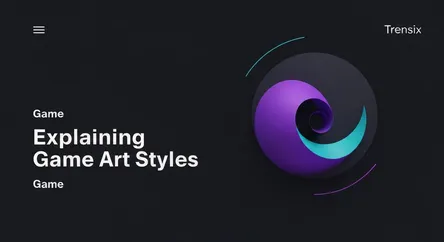Game
Explaining Game Art Styles

Discover what a game art style is, why distinct visuals are trending, and how they define a player's experience and a game's identity.
What is it?
A game's art style is its overall visual identity and aesthetic. It's the cohesive look that ties together every visual element, from character models and environments to the user interface and lighting. This visual language can range from hyper-realistic graphics that mimic reality to highly stylized forms like cel-shading (seen in games like The Legend of Zelda: Breath of the Wild), pixel art (Stardew Valley), or painterly aesthetics (Okami). The art style is a deliberate choice by developers to create a specific mood and convey the game's core themes before the player even presses a button.
Why is it trending?
In a saturated digital marketplace, a unique art style is crucial for a game to stand out. Indie developers, often with smaller budgets, leverage distinctive art to create memorable experiences that compete with blockbuster titles. Furthermore, there's a strong nostalgic trend for retro styles like pixel art, appealing to older gamers and new players alike. Stylized graphics also tend to age better than attempts at photorealism, which can look dated as technology advances. This makes a strong art style a smart long-term creative and business decision.
How does it affect people?
Art style directly shapes a player's emotional connection and immersion. A dark, gritty style can evoke feelings of tension and despair, while a bright, cartoonish one can create a sense of fun and lightheartedness. It provides essential information about the game world, its rules, and its narrative tone. For players, the art style is often the first point of attraction, influencing their decision to purchase or play a game. A consistent and appealing visual design enhances the overall experience, making the game world more believable, engaging, and memorable long after the credits roll.